Table of content
- Noodles and Dumplings
- Pancakes and Crepes
- Traditional Sweets
- Baking and Pastries
- Crispy Coatings and Batters
- Thickening Agent
- Cakes and Muffins
- Cookies and Bars
- Puddings and Custards
- Breads and Flatbreads
- Dumplings and Gnocchi
- Batters for Frying
- Baking Essentials
- Pasta and Noodles
- Thickening and Binding
- Fusion Cuisine
- Health-Focused Snacks
- Plant-Based Meats
Rice flour, a staple ingredient in kitchens across Asia and increasingly embraced worldwide, is a testament to the humble grain’s adaptability. Derived from finely milled rice grains, this gluten-free powder serves as a cornerstone in countless traditional dishes while also inspiring modern culinary creations. Beyond its role as a dietary alternative for those with gluten sensitivities, rice flour’s neutral flavor and ability to create delicate textures make it a cherished component in both sweet and savory recipes. This article delves into the myriad ways rice flour transforms simple grains into gourmet delights, spanning cultures, cuisines, and contemporary food trends.
The Foundation of Rice Flour
Rice flour is produced by grinding rice kernels into a fine powder. Two primary varieties exist: white rice flour, made from polished white rice, and brown rice flour, which retains the bran layer for a nuttier flavor and higher fiber content. The choice between them often depends on the desired texture and nutritional profile. White rice flour yields a smoother, lighter consistency, ideal for delicate pastries and silken noodles, while brown rice flour adds a rustic edge to breads and crispy coatings.
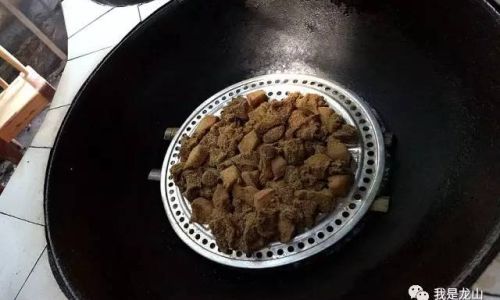
Traditional Asian Delicacies
Asian cuisines have long celebrated rice flour’s versatility, using it to craft dishes that range from chewy snacks to pillowy steamed buns.
Noodles and Dumplings
In Southeast Asia, rice flour noodles like khanom jeen (Thailand) and bánh canh (Vietnam) are prized for their slippery texture and ability to absorb flavors. The process involves mixing rice flour with water and sometimes tapioca starch to create a dough, which is then steamed or extruded into noodles. Similarly, Chinese cheong fun (rice noodle rolls) are steamed to achieve a silken finish, often filled with shrimp or barbecued pork.
Dumplings such as Japanese mochi and Korean tteok showcase rice flour’s elasticity. Mochi, a sticky rice cake, is pounded into a chewy dough and filled with sweet red bean paste or fruit. Tteok varieties include cylindrical garaetteok for stir-fries and disc-shaped songpyeon stuffed with sesame or honey.
Pancakes and Crepes
Across Asia, rice flour pancakes are breakfast staples. The Philippine puto is a steamed rice cake flavored with coconut milk, while the Indian appam combines rice flour with fermented batter to create lacy-edged pancakes. In Vietnam, bánh xèo (“sizzling pancake”) mixes rice flour with turmeric, yielding a crispy, golden crepe filled with shrimp, pork, and bean sprouts.
Traditional Sweets
Rice flour is indispensable in Asian confectionery. The Malaysian kuih kosui is a steamed coconut-rice cake garnished with grated coconut, while the Japanese dango are chewy dumplings skewered and glazed with sweet soy. In India, golabjamun—milk solids soaked in syrup—sometimes incorporate rice flour for a melt-in-the-mouth texture.
Global Adaptations
As rice flour gains popularity beyond Asia, chefs and home cooks are reimagining its use in Western and fusion dishes.
Baking and Pastries
Rice flour’s gluten-free nature makes it a boon for baking. It can replace wheat flour in cakes, cookies, and muffins, though blending with other flours (like almond or tapioca) often improves structure. For example, a classic French financier cake uses rice flour to achieve a moist, tender crumb. In Italy, pastificio artisans experiment with rice flour pasta, offering a delicate alternative to durum wheat varieties.
Crispy Coatings and Batters
Rice flour’s fine texture creates exceptionally crisp coatings for fried foods. Tempura batter, traditionally made with wheat flour, finds a gluten-free counterpart in rice flour, which absorbs less oil and retains crunch. Similarly, Korean fried chicken often uses a rice flour dredge for a shatteringly crisp skin.
Thickening Agent
Rice flour acts as a neutral thickener for soups, sauces, and custards. Unlike cornstarch, it imparts no metallic aftertaste and withstands high temperatures without clumping. A roux made with rice flour and butter is a staple in Japanese curry, providing a velvety consistency.
Sweet Treats and Desserts
Rice flour’s ability to create tender, slightly chewy textures makes it ideal for desserts.
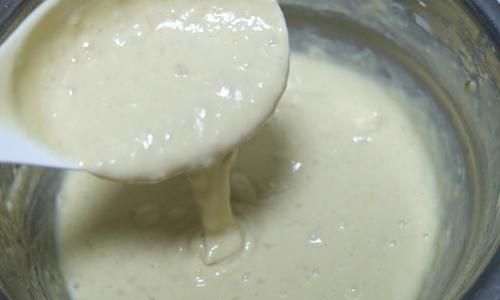
Cakes and Muffins
Gluten-free cakes often rely on rice flour for their rise. A vanilla rice flour cake, leavened with baking powder, boasts a delicate crumb akin to pound cake. For added moisture, recipes may incorporate yogurt or puréed fruit. Muffins, such as blueberry-lemon rice flour muffins, benefit from the flour’s lightness, preventing density without gluten.
Cookies and Bars
Rice flour cookies, like snickerdoodles or chocolate chip variations, require binders such as xanthan gum or flax eggs to mimic gluten’s elasticity. The result is a crisp, sandy texture that complements nuts and dried fruits. In Japan, daifuku mochi encases red bean paste in a soft rice flour shell, while Thai khanom tom are chewy coconut-rice balls rolled in palm sugar.
Puddings and Custards
Rice flour thickens creamy desserts without heaviness. Filipino maja blanca is a coconut milk pudding set with rice flour and cornstarch, topped with latik (toasted coconut curd). In India, kheer (rice pudding) sometimes substitutes rice flour for whole grains, yielding a smoother consistency.
Savory Creations
Rice flour’s neutral taste allows it to shine in savory applications, from breads to dumplings.
Breads and Flatbreads
Gluten-free breads often blend rice flour with starches like potato or tapioca. A rice flour loaf, enriched with eggs and psyllium husk, rises beautifully and toasts well. Flatbreads like Indian neer dosa (a lacy rice crêpe) or Ethiopian injera (made with teff and rice flour) are naturally gluten-free and perfect for scooping stews.
Dumplings and Gnocchi
Rice flour dumplings, such as Chinese har gow (shrimp dumplings), require a translucent wrapper made by mixing rice flour with wheat starch. For a gluten-free twist, Italian gnocchi can be crafted from rice flour and mashed potatoes, yielding pillowy dumplings that pair with sage butter or tomato sauce.
Batters for Frying
As mentioned earlier, rice flour batters produce ultra-crispy fried foods. Korean twigim (vegetable fritters) and Japanese tonkatsu (breaded pork cutlets) achieve their signature crunch through rice flour coatings. Even classic American fried chicken benefits from a rice flour dredge, which adheres better than cornstarch alone.
Gluten-Free Revolution
The rise of gluten-free diets has propelled rice flour into the mainstream. Its mild taste and adaptability make it a go-to for bakers and cooks avoiding wheat.
Baking Essentials
Rice flour excels in cakes, cookies, and quick breads. For yeast-leavened goods like bread or pizza dough, combining it with psyllium husk or chia seeds mimics gluten’s structure. A rice flour pizza crust, though denser than its wheat counterpart, offers a crisp, satisfying base.
Pasta and Noodles
Gluten-free pasta often incorporates rice flour. While lacking the chew of wheat pasta, rice noodles pair well with light sauces or in stir-fries. Fresh rice noodles, sold in sheets or ribbons, are a staple in Thai pad thai and Vietnamese phở.
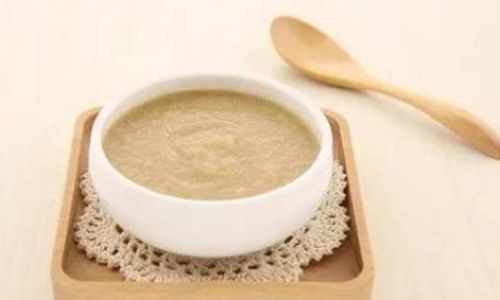
Thickening and Binding
Rice flour’s thickening power extends to gravies, stews, and custards. In gluten-free baking, it acts as a binder in meatballs or veggie burgers, preventing crumbling without gluten.
Modern Innovations
Chefs and food entrepreneurs are pushing rice flour’s boundaries, blending tradition with innovation.
Fusion Cuisine
Rice flour is bridging culinary divides. Imagine mochi waffles stuffed with Nutella, or tteok tacos with Korean-Mexican fillings. Even sushi is evolving: rice flour crispy rice bases topped with sushi-grade fish are trending in upscale restaurants.
Health-Focused Snacks
Health-conscious brands now offer rice flour-based chips, crackers, and granola bars. These snacks leverage the grain’s low glycemic index and allergy-friendly profile, appealing to diet-conscious consumers.
Plant-Based Meats
Rice flour is emerging as a binder in vegan meats. Combined with pea protein or soy, it helps mimic the texture of ground meat in products like burgers and sausages.
Cultural Significance
Beyond its culinary uses, rice flour holds deep cultural meaning. In Japan, mochi pounding ceremonies (mochitsuki) mark New Year’s celebrations, symbolizing unity and prosperity. In India, pongal festival rice dishes are offered to deities, while in the Philippines, bibingka (rice cake) is a Christmas market staple. These traditions underscore rice flour’s role in fostering community and heritage.
Sustainability and Nutrition
Rice flour’s rise also aligns with sustainability trends. As a byproduct of rice milling, it reduces food waste. Nutritionally, it offers B vitamins, iron, and fiber (especially brown rice flour), making it a wholesome alternative to refined wheat flour.
Conclusion
From ancient Asian kitchens to modern fusion restaurants, rice flour’s journey mirrors humanity’s ingenuity. Its ability to morph into noodles, cakes, coatings, and ceremonial dishes speaks to its unparalleled versatility. As gluten-free diets grow and cross-cultural culinary exchanges flourish, rice flour is poised to remain a pantry essential—a humble grain elevated to gourmet heights. Whether you’re crafting chewy mochi, crispy fried chicken, or a tender gluten-free cake, rice flour invites creativity, one grain at a time.

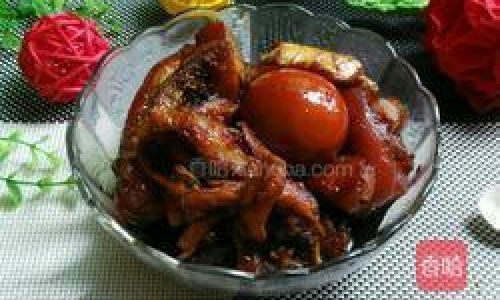
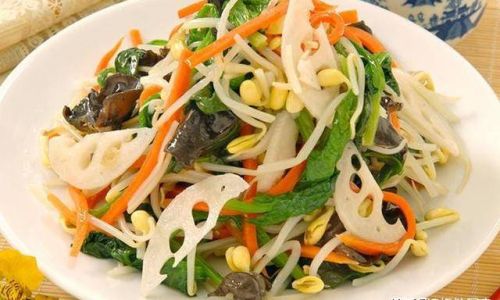
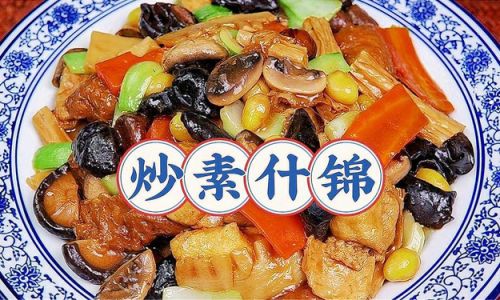
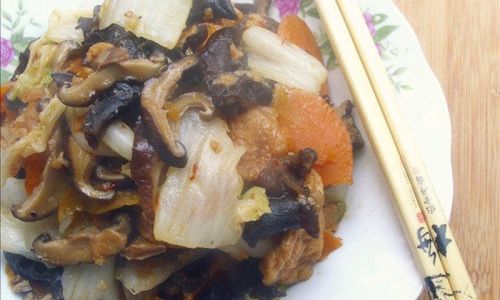
0 comments